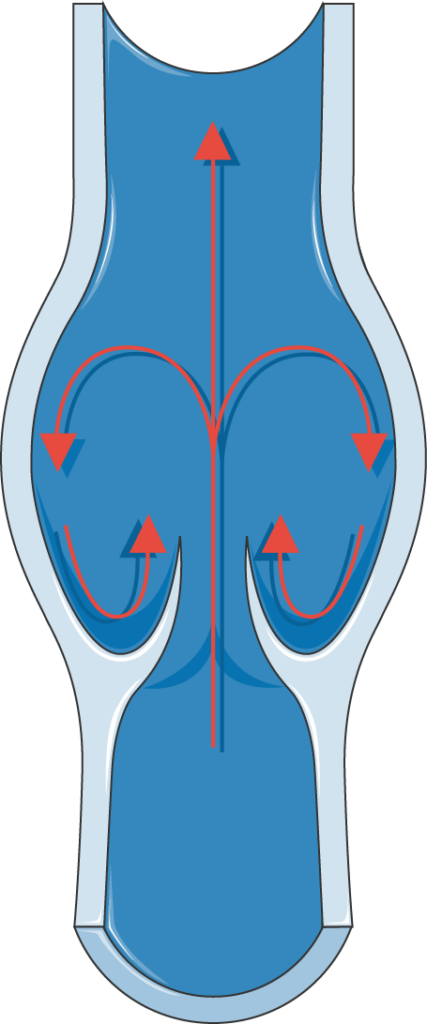What is Chronic Venous Insufficiency and Varicose Veins?
- Chronic venous insufficiency encompasses a spectrum of conditions related to the signs and symptoms that occur due to damage to the veins in the legs.
- Damage to the one-way valves in the veins can occur due to obstruction in the case of deep vein thrombosis, valvular insufficiency in the case of varicose veins, or decreased contraction of the calf muscle surrounding the veins due to immobility. These changes cause blood to pool in the legs and put increased pressure on the walls of the veins.
- Varicose veins are dilated superficial veins in the legs that appear as bulging blue protrusions under the skin. They are caused by damaged one-way valves in the veins that allow for the backwards flow of blood. Over time, these veins become more prominent and torturous, causing both symptomatic and aesthetic concerns.
RISK FACTORS
FAMILY HISTORY
PREVIOUS PREGNANCIES
OCCUPATION
INCREASING AGE
SEDENTARY LIFESTYLE
HISTORY OF BLOOD CLOT IN THE LEG
SYMPTOMS
PAIN
ITCHING
SWELLING
BURNING
FATIGUE
HEAVINESS
SKIN DISCOLORATION
TREATMENT OPTIONS
COMPRESSION STOCKINGS
LIFESTYLE MEASURES
SCLEROTHERAPY
ABLATION THERAPY (EVLT / VENASEAL)
SURGICAL STRIPPING
PHLEBECTOMY
VENOACTIVE MEDICATIONS
*your physician will discuss the most appropriate treatment options for you

Incompetent valves cause blood to be circled back down the vein.
This added pressure causes the vein wall to expand and bulge out.
This diagram shows the process of EVLT treatment
- The laser is inserted into the vein of concern
- The fiber then emits a high intensity laser that heats up the vein to very high levels
- This ablation causes scar tissue production within the vein, consequently closing the vein
- This is continued down the entire length of the vein


This is a cross section view of what the Venseal ablation technique looks like
- A catheter is fed into the vein
- The Venaseal device then dispenses medical grade adhesive (glue) to seal the vein
- This process is continued down the length of the vein
